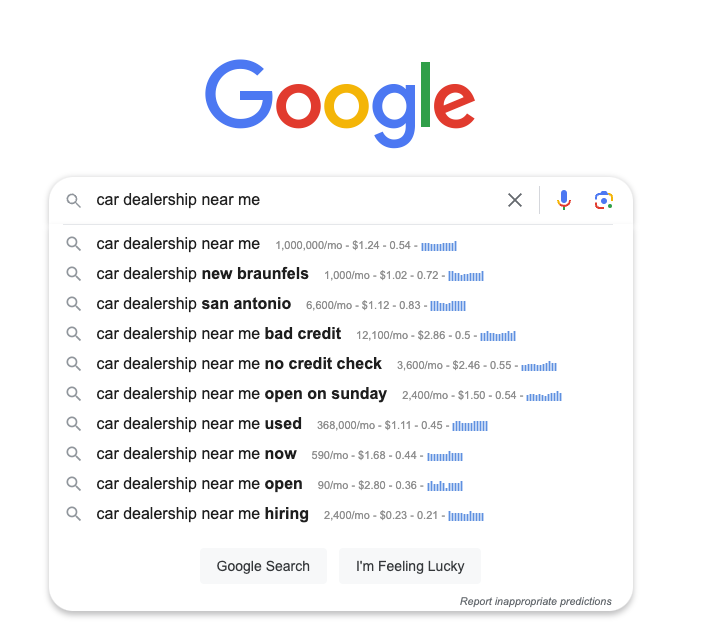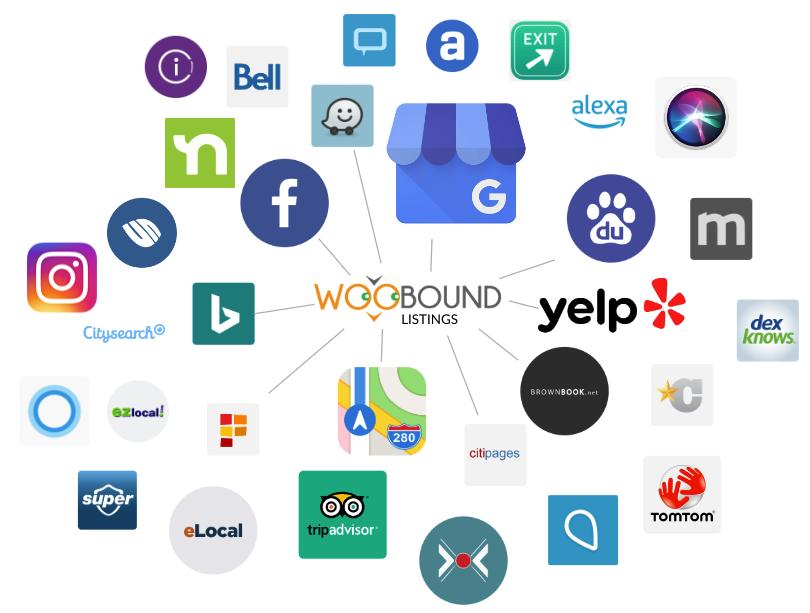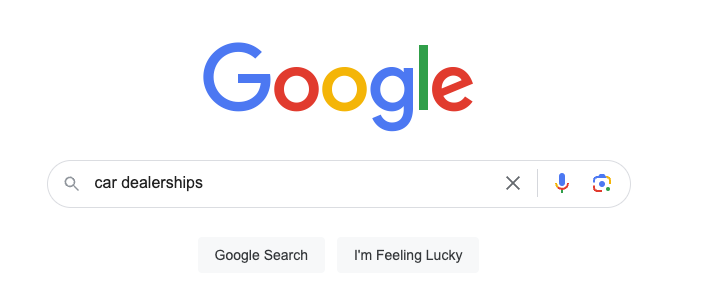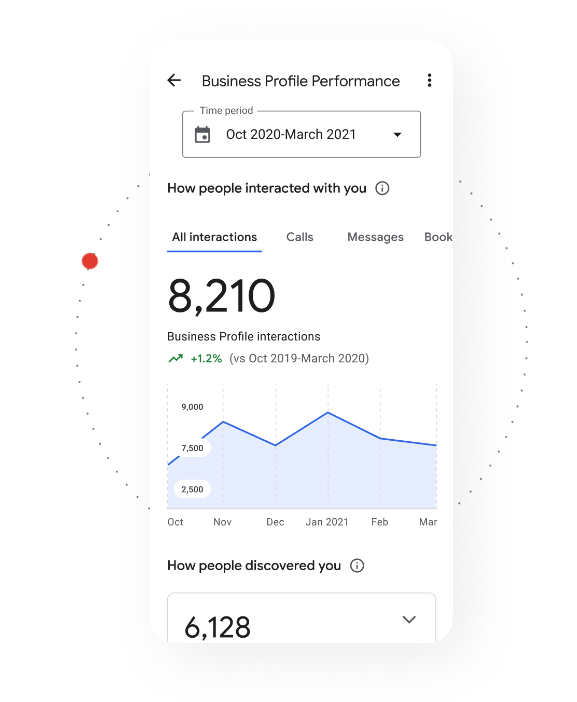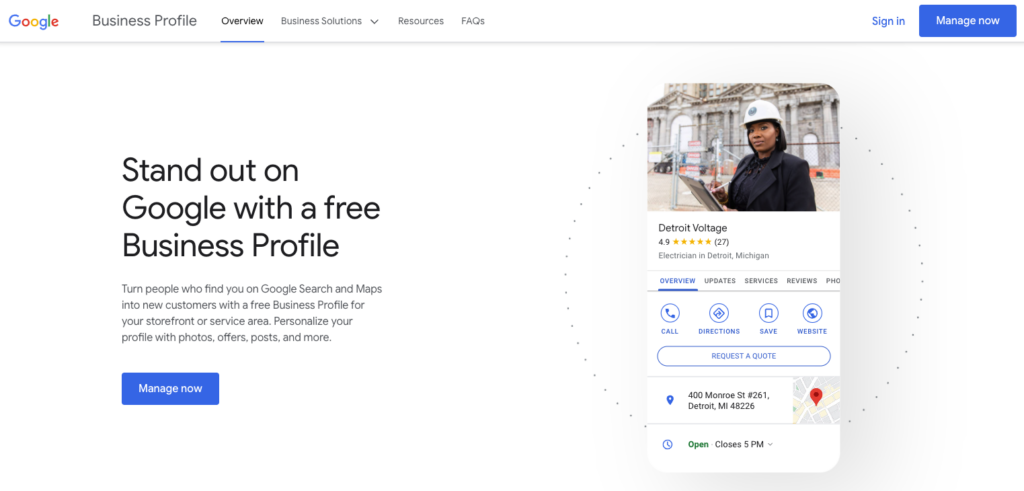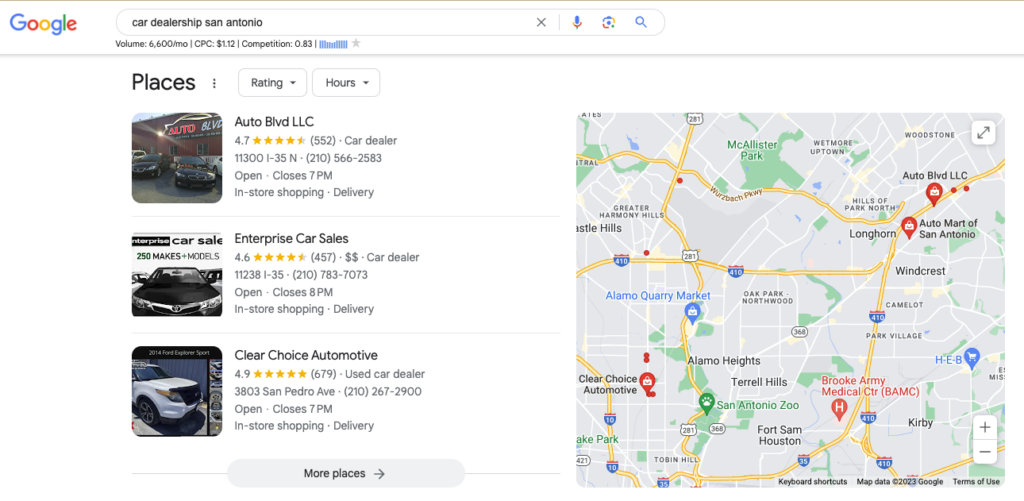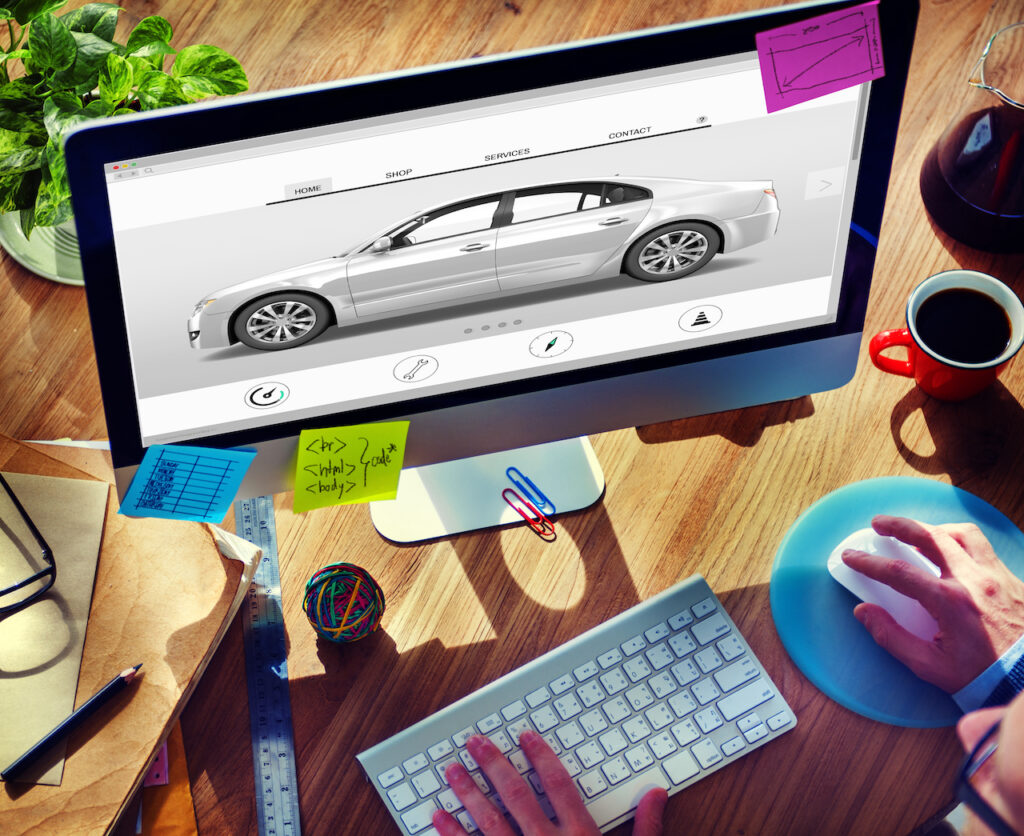Discover The Ultimate Review Generation Tools
Understanding The Importance Of Reviews
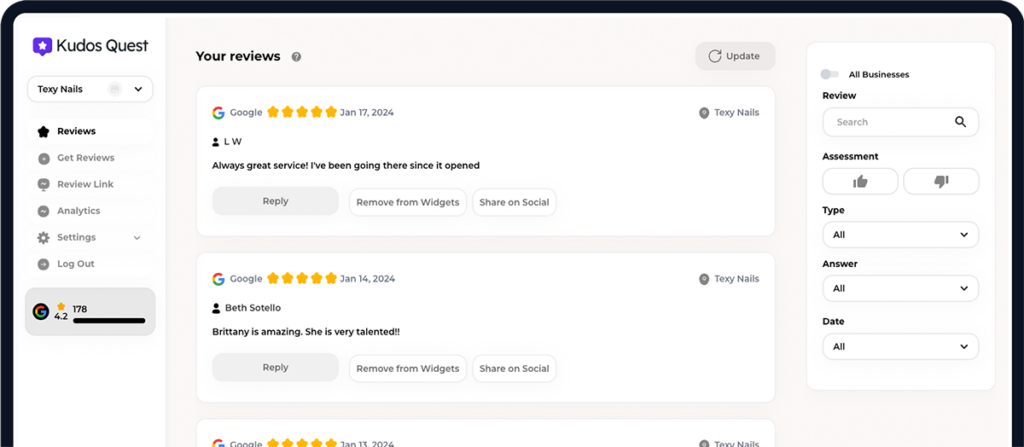
Consumers have access to a plethora of information at their fingertips, and online reviews have become an essential part of the decision-making process. Whether it’s a restaurant, hotel, product, or service, people are increasingly relying on the opinions and experiences of others to guide their choices. Understanding the importance of reviews is crucial for businesses aiming to stay ahead of the competition.
Reviews provide valuable insights into what customers think about a particular product or service. They offer social proof and build trust among potential buyers. Positive reviews act as endorsements that can influence purchasing decisions positively. On the other hand, negative reviews can discourage potential customers from engaging with a brand. It is imperative for businesses to actively manage and respond to customer feedback to maintain a positive reputation.
Moreover, reviews contribute significantly to search engine optimization (SEO) efforts. Search engines like Google take into account the quantity and quality of reviews when ranking websites in search results. A higher number of positive reviews can improve a business’s visibility and attract more organic traffic. Reviews also serve as an avenue for businesses to gain valuable feedback directly from their customers.
By carefully analyzing customer sentiments expressed in reviews, companies can identify areas for improvement and make informed business decisions. Furthermore, online review platforms allow businesses to engage with their customers on a personal level by responding promptly and professionally to both positive and negative feedback. This interaction not only helps resolve any issues but also demonstrates that businesses value their customers’ opinions.
In conclusion, understanding the importance of online reviews is vital in today’s competitive landscape. Reviews influence consumer decisions, enhance SEO efforts, provide valuable feedback for improvement, and facilitate meaningful customer engagement.

Exploring The Benefits Of Review Generation Tools For Business Growth
It has become increasingly important for companies to stay ahead of the competition. One powerful tool that can help businesses achieve this is review generation software. These tools are designed to help companies actively generate and manage customer reviews, ultimately leading to improved brand reputation, increased customer trust, and enhanced business growth. First and foremost, review generation tools provide businesses with a centralized platform to collect and manage customer feedback.
By automating the process of soliciting reviews from customers, these tools save valuable time and effort that can be redirected towards other critical business tasks. Moreover, by streamlining the review collection process, businesses can ensure a consistent flow of fresh reviews which can significantly impact their online reputation. Another significant benefit of review generation tools is their ability to amplify positive feedback while addressing negative reviews promptly.
By leveraging these tools’ features such as sentiment analysis and real-time monitoring, businesses can quickly identify and respond to negative feedback before it escalates into larger issues. Additionally, these platforms enable companies to showcase positive reviews prominently on their websites or social media channels, enhancing credibility and influencing potential customers’ purchasing decisions. Furthermore, review generation tools provide valuable insights into customer preferences and sentiments.
Through data analytics features such as sentiment analysis and trend identification, businesses gain a deeper understanding of their target audience’s needs and expectations. Armed with this knowledge, companies can make informed decisions about product improvements or service enhancements that align with customer demands. In conclusion, investing in review generation tools offers numerous benefits for business growth in today’s competitive market. By providing a streamlined process for managing customer feedback while amplifying positive reviews and addressing negative ones promptly, these tools contribute significantly to building a strong brand reputation.

The Top Features To Look For In Review Generation Software
When searching for the perfect review generation software, it is important to consider several key features that will help you stay ahead of the competition. These features are designed to enhance your ability to generate and manage customer reviews effectively, ultimately boosting your online reputation and increasing customer trust in your brand. First and foremost, look for a software that offers multi-channel review generation capabilities.
This means that it should allow you to collect reviews from various platforms such as Google, Yelp, Facebook, and industry-specific sites. By having access to multiple channels, you can reach a wider audience and gather a diverse range of feedback. Another crucial feature is automation. A good review generation software should automate the process of requesting reviews from customers, making it easy for them to provide feedback without any hassle.
Automation saves time and effort while ensuring a consistent flow of new reviews. Additionally, consider a software that offers customization options. You should be able to personalize your review request emails or messages with your branding elements and tailored content. This customization helps create a more personalized experience for customers, increasing the likelihood of receiving positive reviews. Furthermore, advanced analytics is an essential feature to look for in review generation software.
It should provide comprehensive insights into your online reputation by tracking key metrics such as average rating scores, sentiment analysis, and review response rates. These analytics enable you to identify areas for improvement and make data-driven decisions. Lastly, integration capabilities are vital when selecting review generation software. It should seamlessly integrate with other tools or platforms you use such as customer relationship management (CRM) systems or social media management tools.
Integration ensures efficient data synchronization across different platforms so that you can manage all aspects of your online reputation in one place.
How Automated Review Generation Software Can Streamline Your Efforts
Staying ahead of the competition is crucial for success. One effective way to gain an edge over your competitors is by utilizing automated review generation software. This powerful tool can streamline your efforts and help you generate a steady stream of positive reviews from satisfied customers.
Automated review generation software eliminates the need for manual review requests and follow-ups, saving you valuable time and effort. With just a few clicks, you can send out personalized review requests to your customers, making it easy for them to leave feedback about their experience with your business.
This software allows you to automate the entire review generation process. You can set up automatic reminders and follow-ups to ensure that customers who haven’t left a review are gently nudged to do so. This not only increases the chances of receiving more reviews but also demonstrates your commitment to customer satisfaction.
In addition to saving time and effort, automated review generation software provides valuable insights into customer sentiment and feedback trends. It allows you to monitor and analyze reviews across different platforms in real-time, giving you a comprehensive understanding of how customers perceive your business. This data can be used to identify areas for improvement or capitalize on strengths, enabling you to make informed decisions that drive business growth.
Moreover, by actively generating positive reviews through automated software, you can enhance your online reputation and increase trust among potential customers. Positive reviews act as social proof and influence purchasing decisions significantly.
In conclusion, incorporating automated review generation software into your business strategy can streamline your efforts by saving time, providing valuable insights into customer feedback trends, and improving overall brand reputation. Stay ahead of the competition with this ultimate tool!
Comparing Different Review Generation Services: Which One Is Right For You?
Online reviews play a crucial role in attracting new customers and building trust with existing ones. As a result, businesses are increasingly turning to review generation services to help them gather and manage customer feedback effectively. However, with so many options available in the market, it can be overwhelming to choose the right service for your specific needs.
Here, we will compare different review generation services to help you make an informed decision.
When evaluating review generation services, there are several key factors to consider.
- First and foremost, you should assess the reputation of the service provider. Look for established companies with a track record of delivering reliable and trustworthy reviews.
- Another important consideration is the range of platforms that the service supports. Ensure that it covers popular review sites such as Google, Yelp, Facebook, and industry-specific platforms relevant to your business.
- Additionally, take into account the features offered by each service. Some may provide automated email or SMS campaigns to prompt customers for reviews while others might offer sentiment analysis tools or competitive benchmarking reports.
- Cost is also a significant factor when comparing different services. Consider your budget and weigh it against the value provided by each option.
- Lastly, don’t overlook customer support. Look for services that offer responsive customer support teams who can assist you promptly if any issues arise.
- Ultimately, choosing the right review generation service requires careful evaluation of your specific needs and goals. By considering factors such as reputation, platform coverage, features offered, cost-effectiveness, and customer support quality – you can find a service that aligns perfectly with your requirements while helping you stay ahead of the competition in generating positive reviews from satisfied customers.
Unleashing The Power Of Review Generation Tools: Real-Life Success Stories
Customer reviews hold immense power. They can make or break a business, influencing consumer decisions and shaping a company’s reputation. As competition intensifies across industries, staying ahead requires leveraging the ultimate review generation tools to establish credibility and foster positive customer experiences. Here are some real-life success stories that showcase the power of these tools in action.
One popular restaurant chain saw a significant increase in customer reviews after implementing a review generation tool. By actively encouraging patrons to leave feedback on platforms like Google and Yelp, they not only boosted their overall rating but also gained valuable insights into their customers’ preferences. Armed with this knowledge, they were able to refine their menu offerings, resulting in increased customer satisfaction and repeat visits.
A small boutique hotel used review generation tools to build trust among potential guests. By showcasing positive reviews prominently on their website and social media channels, they effectively conveyed their commitment to providing exceptional hospitality experiences. This strategy led to a surge in bookings from new customers who were influenced by the genuine and favorable feedback shared by previous guests.
An e-commerce store selling skincare products harnessed the power of review generation tools to enhance brand credibility. By integrating customer reviews directly onto product pages, they created social proof that helped potential buyers feel more confident about making a purchase. The result was an increase in sales conversions and a reduction in cart abandonment rates.
These success stories highlight how review generation tools can be transformative for businesses across various sectors. By harnessing the power of customer feedback through these tools, companies can gain valuable insights, build trust with potential customers, and ultimately stay ahead of the competition in today’s highly competitive market.
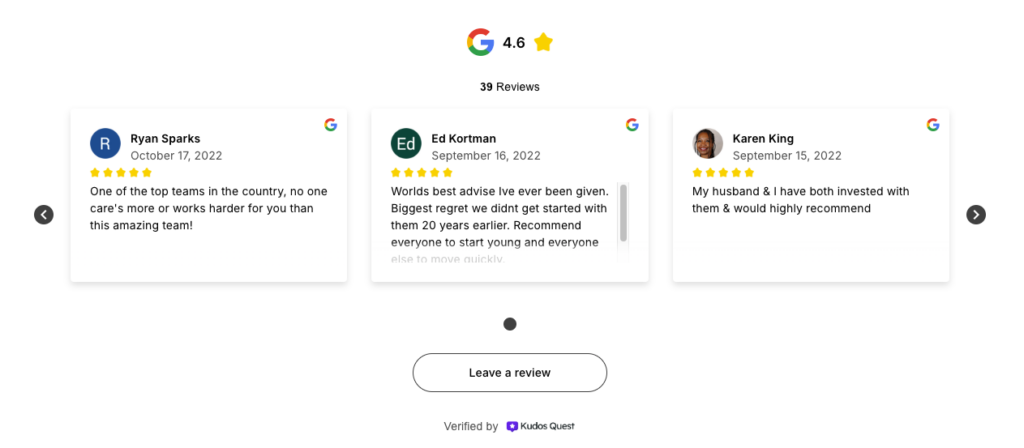
Step-By-Step Guide To Implementing Effective Review Generation Strategies
Online reviews have become a crucial factor influencing consumer decisions. Positive reviews can significantly impact your brand reputation and drive more customers to your business. To stay ahead of the competition, it is essential to implement effective review generation strategies. Here is a step-by-step guide to help you achieve this:
- Identify the right review generation tools: Begin by researching and selecting the most suitable tools for your business. Look for platforms that offer features like automated review requests, monitoring, and response management.
- Integrate review requests into customer touchpoints: Incorporate the request for reviews seamlessly into various customer touchpoints such as email communications, order confirmations, or post-purchase follow-ups.
- Personalize your review requests: Customize your messages to make them more engaging and relevant to each customer. Consider including specific details about their purchase or experience with your brand.
- Timing is crucial: Determine the ideal time to send review requests based on your industry and customer behavior analysis. Sending requests too soon might result in incomplete feedback, while delayed requests may decrease response rates.
- Incentivize customers (within guidelines): Offer incentives like discounts or exclusive offers in exchange for leaving a review; however, ensure compliance with platform guidelines to avoid any penalties.
- Monitor and respond promptly: Regularly monitor online review platforms for new feedback about your business. Respond promptly and professionally to both positive and negative reviews, showing customers that you value their opinions.
- Share positive reviews across marketing channels: Leverage positive reviews by showcasing them on social media platforms, website testimonials sections, or even in email newsletters.
Maximizing Online Reputation With Cutting-edge Review Generation Software
Online reputation is everything for businesses. Consumers heavily rely on online reviews to make purchasing decisions, and a positive reputation can be the difference between gaining new customers or losing them to competitors. To stay ahead of the competition, businesses need to harness the power of cutting-edge review generation software. Cutting-edge review generation software offers businesses a comprehensive solution for managing and maximizing their online reputation.
These tools enable businesses to actively solicit feedback from customers, monitor online reviews across various platforms, and respond promptly to both positive and negative feedback. One key feature of these software solutions is their ability to automate the process of soliciting reviews from customers. With just a few clicks, businesses can send personalized review requests via email or SMS, making it easy for satisfied customers to share their experiences online.
By streamlining this process, businesses can generate a steady stream of positive reviews that enhance their online reputation. Moreover, cutting-edge review generation software allows businesses to monitor and analyze customer feedback from multiple platforms in real-time. This means that business owners can quickly identify trends or issues that require attention and take immediate action. The ability to stay on top of customer sentiment enables businesses to proactively address any concerns before they escalate into larger problems.
Additionally, these tools provide business owners with the ability to respond promptly and professionally to both positive and negative reviews. By engaging with customers in this manner, businesses demonstrate their commitment to excellent customer service while also showcasing their responsiveness. In conclusion, maximizing online reputation is crucial for staying ahead of the competition in today’s digital landscape. Cutting-edge review generation software empowers businesses by automating the process of soliciting customer feedback, monitoring reviews across platforms, and facilitating prompt responses.
Stay Ahead Of The Competition: The Future Of Review Generation Tools And Trends
Staying ahead of the competition is crucial for success. One area that businesses cannot afford to overlook is online reputation management, particularly when it comes to generating reviews. While review generation tools have already proven their value, the future holds even more exciting possibilities and trends. One emerging trend is the integration of artificial intelligence (AI) into review generation tools.
AI-powered algorithms can analyze customer feedback and sentiment, enabling businesses to gain valuable insights from reviews at scale. With AI, businesses can quickly identify patterns and trends in customer feedback, allowing them to make data-driven decisions to improve their products or services.
Another important trend is the increasing importance of mobile review generation tools. As smartphones become an integral part of our lives, customers are more likely to leave reviews on-the-go rather than sitting down at a desktop computer.
Businesses need to adapt by providing easy-to-use mobile platforms for customers to leave reviews conveniently. Furthermore, social media platforms are becoming key players in review generation. Customers often share their experiences on social media channels like Facebook or Twitter instead of leaving traditional online reviews. To stay ahead of the competition, businesses must actively monitor and engage with customers on social media platforms while leveraging these interactions as opportunities for positive brand exposure.
Lastly, personalized review requests are gaining momentum as a powerful tool for generating positive feedback. By tailoring review requests based on individual customer preferences or purchase history, businesses can significantly increase the likelihood of receiving favorable reviews. To stay ahead in this competitive environment, businesses must embrace these future trends in review generation tools.



